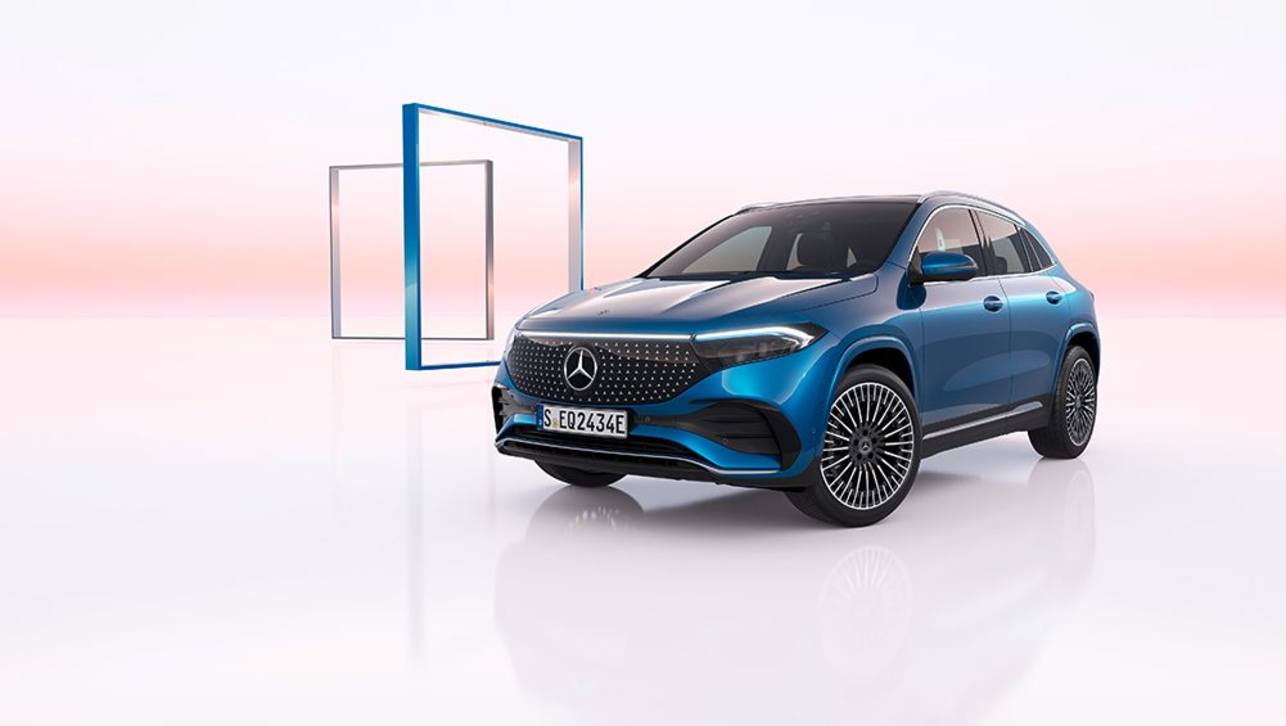It is cars that cannot - and will not - crash.
Instead of driving blindly into an impact, the new generation of super-safe future cars will warn the driver of potential danger and, if a crash cannot be avoided, do everything possible to minimise the impact.
Test programs are already underway in Europe and the USA with the technology needed for the systems and carmakers are looking for government and industry partners to provide the infrastructure that's essential to make their dream a reality.
"We're trying to avoid the accident in the first place, and then reduce the severity of any crash," says Dr Joerg Breuer, head of active safety at Mercedes-Benz in Germany.
His work focusses on the systems used before a crash, not the airbags and body protection which are triggered by an impact. That means everything from the ABS anti-skid brakes and ESP stability control which are now virtually universal in Australian showrooms to the latest camera-based safety systems - active cruise control, lane departure warning and even automatic braking - fitted to upscale luxury cars.
But Breuer, like his counterparts at the safety-first Volvo company, says technology will not take over completely from a capable driver.
"We are mainly working to avoid accidents. If you take out the driver you reduce the effectiveness of the whole system," he says.
But the long-term goal - around 2020 - at Benz is similar to the focus at the world's largest car company, Toyota, which has set an ambition that eventually no-one should die in one of the company's cars.
"We have this vision for accident-free driving," Breuer says.
To get from today, where head-on crashes are relatively commonplace and the road toll is a regular topic on the nightly news, to the no-crash future will take a lot of work and a lot of money. But Breuer says the technology already exists. It is built around active systems that take warnings about hazards, from roadside transmitters or other cars, and converts in into a warning to the driver or, in a potential crash situation, into automatic braking to stop a car before it can hit another vehicle.
Carsguide first sampled a car-to-car warning system more than five years ago at BMW, which was experimenting with a system that would turn traffic into a mobile 'internet' with all cars communicating on a second-by-second basis. So if one car triggered its ABS brakes, or the driver activated the wipers, it would warn other cars of the situation.
Breuer and the active safety team at Mercedes-Benz - several hundred engineers with a budget of more than $50 million a year - have a similar system but also want governments to establish an active road network. So transmitters would warn about road works, school zones, tight bends and other fixed hazards and trigger an alarm inside a car.
To prevent car-to-car crashes, Benz sees a day when cars will 'talk' to other vehicles in close range and update their position to prevent potential crashes. So one car will warn another when it is approaching a junction, just in case the driver cannot see or is not paying attention.
Cars will also advise other cars of their speed and direction on open roads, so drivers know if there is an overtaking hazard lurking over a crest or around a blind bend. Even without car-to-car and roadside warnings, Breuer predicts a rapid fall in crashes in coming years as camera-based systems provide better warnings to drivers.
"We think we can reduce rear-end crashes by 30 per cent with radar. We will see it in a few years," he says.
And Volvo already has its radar-based City Safety program, which warns if a car is too close to the vehicle ahead, and a Pedestrian Safety system that identifies pedestrians and will brake a car automatically at low speeds to avoid a collision.





.jpg)
.jpg)



.jpg)
.jpg)

.jpg)


.jpg)




.jpg)


.jpg)




Comments